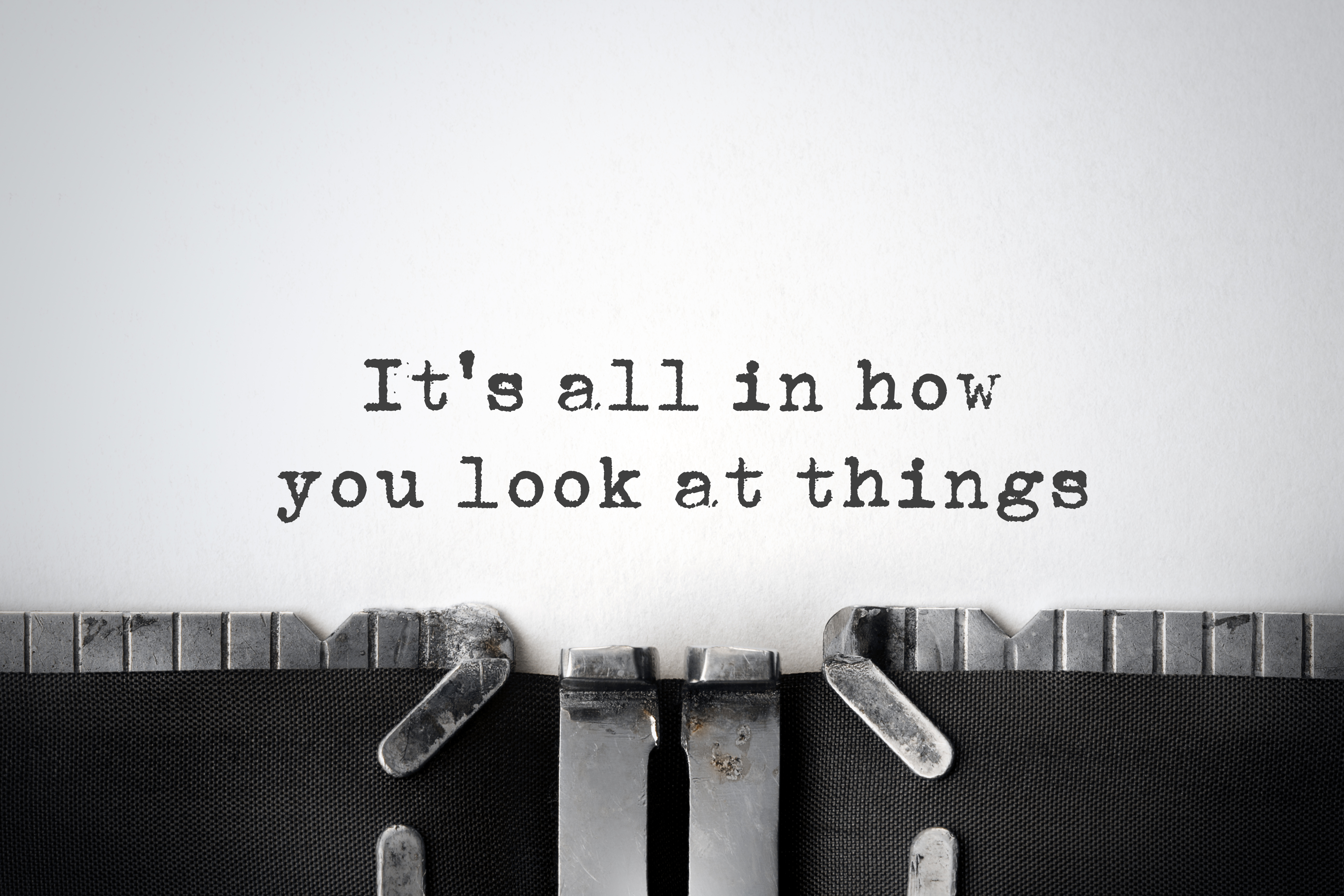
The massive volumes of change you see surrounding you everywhere you look isn’t going to stop. In fact the pace of change is going to increase.
Each of us have a choice. Either figure out how to cope with and embrace the change or ignore it.
The cost of ignoring massive change is that you and your organization will get left behind. That doesn’t just mean you will be a laggard as you continue doing next month what you did last year. Instead that means your organization will radically shrink and before you know it, will disappear.
The downsides are serious. There is an upside and it is exciting.
Four articles I’ve seen lately focus the mind. While these articles are written in either the accounting or church context, they also fully apply in the church and accounting context. They also apply to every individual and organization.
This article will be posted across all my blogs because it applies to all of them.
7/7 – Bill Sheridan at LinkedIn – Embrace change or resist it: Only one option is viable.
The odds are really high that tax preparation will be completely automated in the next two decades. Estimated odds are almost as high that both accounting and auditing will be fully automated.
Consider my business and my core tasks of auditing charities. There is a real possibility those types of audits could be heavily automated in 10 or 15 or 20 years. I am not old enough to bank on retiring before that massive change starts eating away the entire audit profession.
Automation will take over an increasing number of tasks. The world of tax, accounting, and audit will be affected. Mr. Sheridan explains the shelf life of education and experience we have is shrinking.
As the Maryland Association of CPAs routinely points out our learning needs to be greater than the rate of change; L>C is their formula.
Continue reading “The overwhelming change you feel today is going to increase. Engage the change.”

 Take just one issue – minimum wage.
Take just one issue – minimum wage.